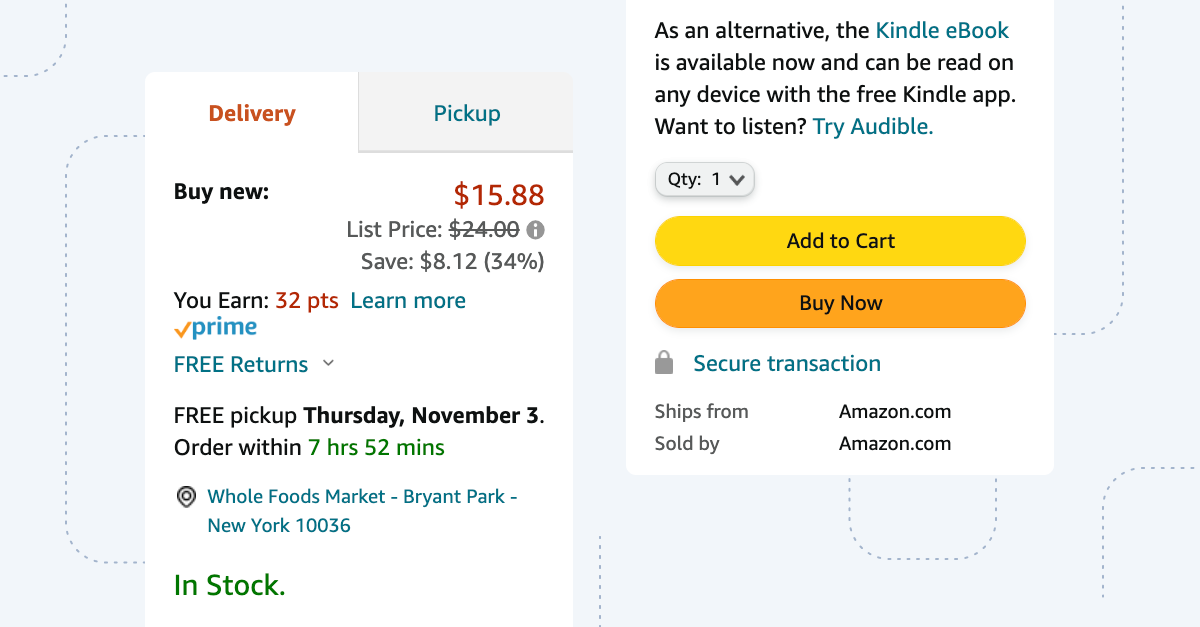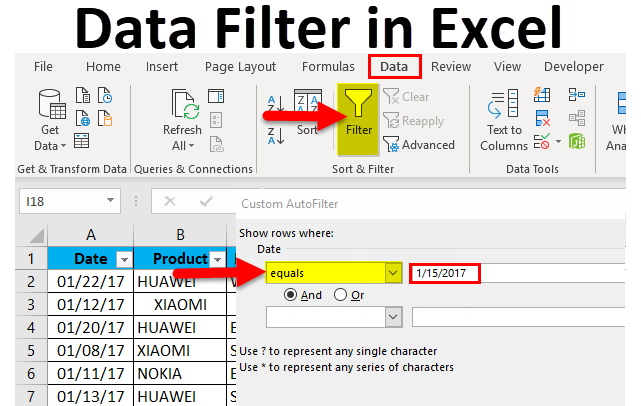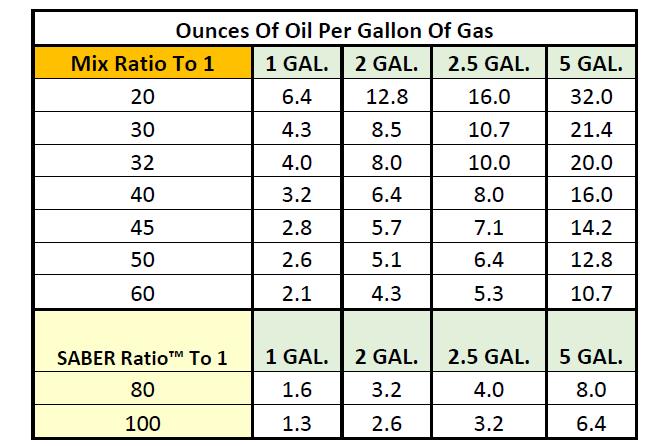Add Color to Your Shopify Blocks
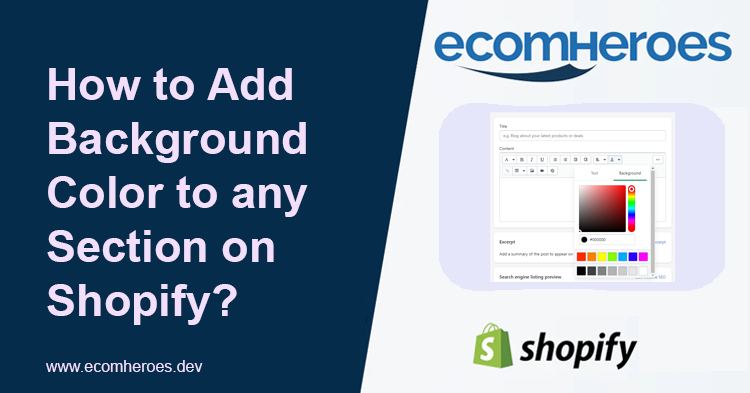
As an experienced Shopify developer, I often receive inquiries about enhancing the visual appeal of Shopify stores. One popular request is to add color to Shopify blocks, allowing store owners to create a unique and engaging shopping experience. In this comprehensive guide, we will delve into the world of Shopify block customization, exploring various techniques and strategies to inject color and creativity into your online store.
Unlocking the Power of Shopify Blocks
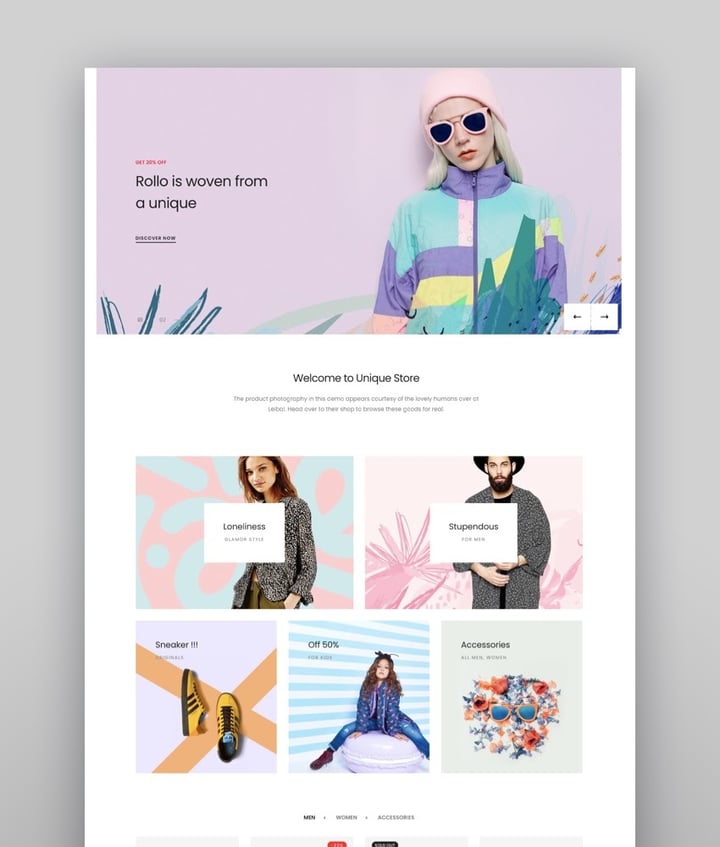
Shopify blocks are powerful tools that enable you to build and customize your online store with ease. These blocks serve as building blocks, allowing you to design and arrange elements on your pages efficiently. Whether you want to showcase products, display testimonials, or highlight promotions, Shopify blocks offer a flexible and intuitive approach.
While the default settings provide a solid foundation, the true potential lies in customizing these blocks to align with your brand identity and aesthetic vision. Adding color is an effective way to capture attention, evoke emotions, and create a memorable shopping journey for your customers.
Techniques for Coloring Shopify Blocks
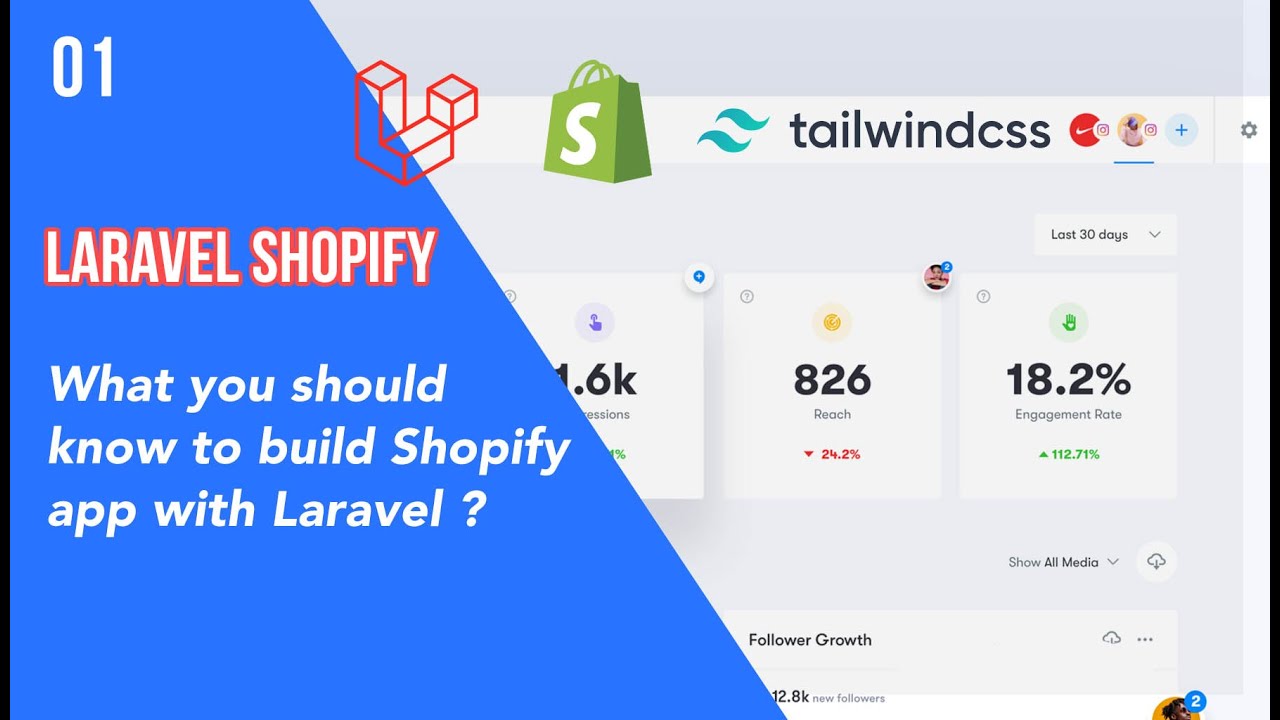
When it comes to adding color to Shopify blocks, there are several techniques and considerations to explore:
Theme Settings and Styles
Shopify’s theme settings offer a range of options to customize the appearance of your store. You can access these settings by navigating to Online Store in your Shopify admin, followed by Themes, and then Customize. Here, you’ll find various sections dedicated to styling different elements, including blocks.
Within the theme settings, you can adjust colors, fonts, and other design elements to match your brand's color palette. This is a straightforward approach to adding a cohesive touch of color to your blocks.
| Theme Setting | Description |
|---|---|
| Primary Color | Set the primary color used throughout your store, including buttons, links, and accents. |
| Secondary Color | Define a secondary color for additional design elements, providing contrast and variety. |
| Typography | Customize fonts, sizes, and colors for headings, body text, and other textual elements. |
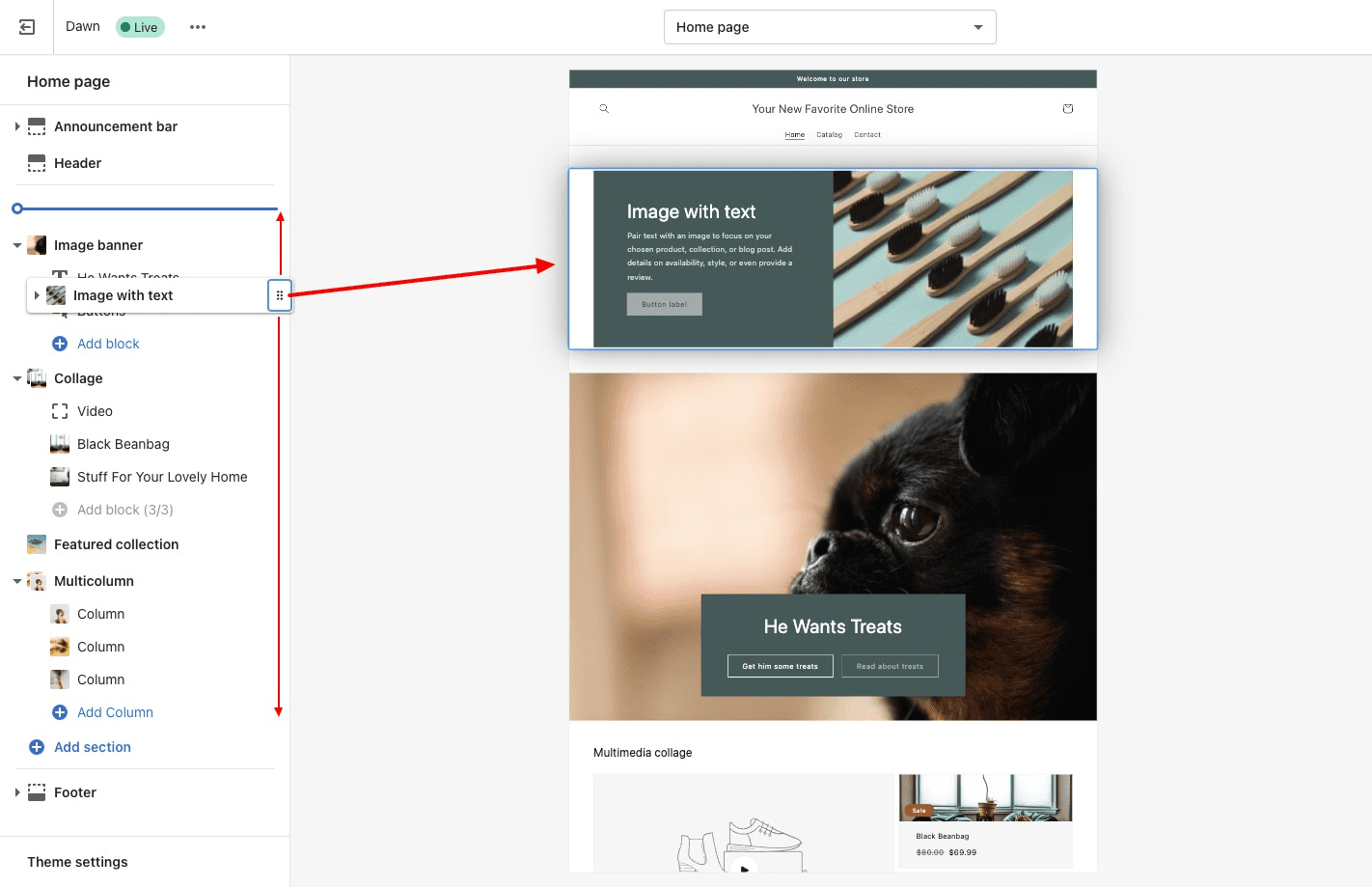
By carefully selecting and adjusting these settings, you can achieve a consistent and visually appealing color scheme for your blocks.
Liquid and CSS Customization
For more advanced customization, delving into Liquid and CSS coding can unlock a world of possibilities. Liquid is Shopify’s templating language, allowing you to dynamically control the display of content on your pages. CSS, on the other hand, is a styling language that defines the visual appearance of HTML elements.
By editing your theme's Liquid templates and CSS stylesheets, you can target specific blocks and apply custom colors and styles. This approach requires a deeper understanding of coding but provides an unprecedented level of control and creativity.
For instance, you can use Liquid to conditionally apply colors based on product attributes or customer segments, creating dynamic and personalized experiences. CSS, with its vast array of properties, enables you to manipulate colors, backgrounds, borders, and more to craft unique block designs.
App Integrations
Shopify’s app ecosystem offers a plethora of tools to enhance your store’s functionality and design. When it comes to adding color to blocks, several apps can simplify the process and provide additional features.
For example, apps like Color Swatches allow you to display color options for products, making it easier for customers to visualize different variants. Similarly, Color Pickers and Color Palettes apps provide intuitive interfaces for customers to choose their preferred colors, adding interactivity to your blocks.
These apps often come with pre-built templates and customization options, making it quick and straightforward to integrate color into your Shopify blocks.
Best Practices for Color Selection
When adding color to your Shopify blocks, it’s essential to consider best practices to ensure a harmonious and effective design:
Brand Consistency
Maintain brand consistency by aligning your color choices with your existing brand guidelines. Use your brand’s primary and secondary colors as a foundation, ensuring a cohesive look across your store.
Color Psychology
Understand the psychological impact of colors. Different colors evoke different emotions and associations. For instance, red often signifies urgency and passion, while blue conveys trust and serenity. Choose colors that align with the desired perception of your brand and the mood you want to create.
Accessibility
Ensure your color choices meet accessibility standards. Consider color contrast ratios to make your content readable for all users, including those with visual impairments. Tools like WebAIM Color Contrast Checker can help you evaluate and improve the accessibility of your color selections.
Color Harmony
Create visually pleasing combinations by exploring color harmony principles. Complementary colors, analogous colors, and triadic color schemes are popular choices for achieving balance and aesthetic appeal.
Performance and Optimization
While adding color to your Shopify blocks can enhance the visual experience, it’s crucial to consider performance and optimization:
Image Optimization
If your blocks rely on images, ensure they are optimized for web use. Compress and resize images to reduce file sizes, improving page load times and overall performance.
CSS Efficiency
When customizing with CSS, aim for efficiency. Minimize the use of redundant styles and properties, and consider the specificity of your selectors to avoid potential conflicts.
Liquid Optimization
If you’re using Liquid to dynamically generate colors, ensure your code is optimized. Avoid excessive iterations or unnecessary calculations that could impact performance.
Future Trends and Innovations
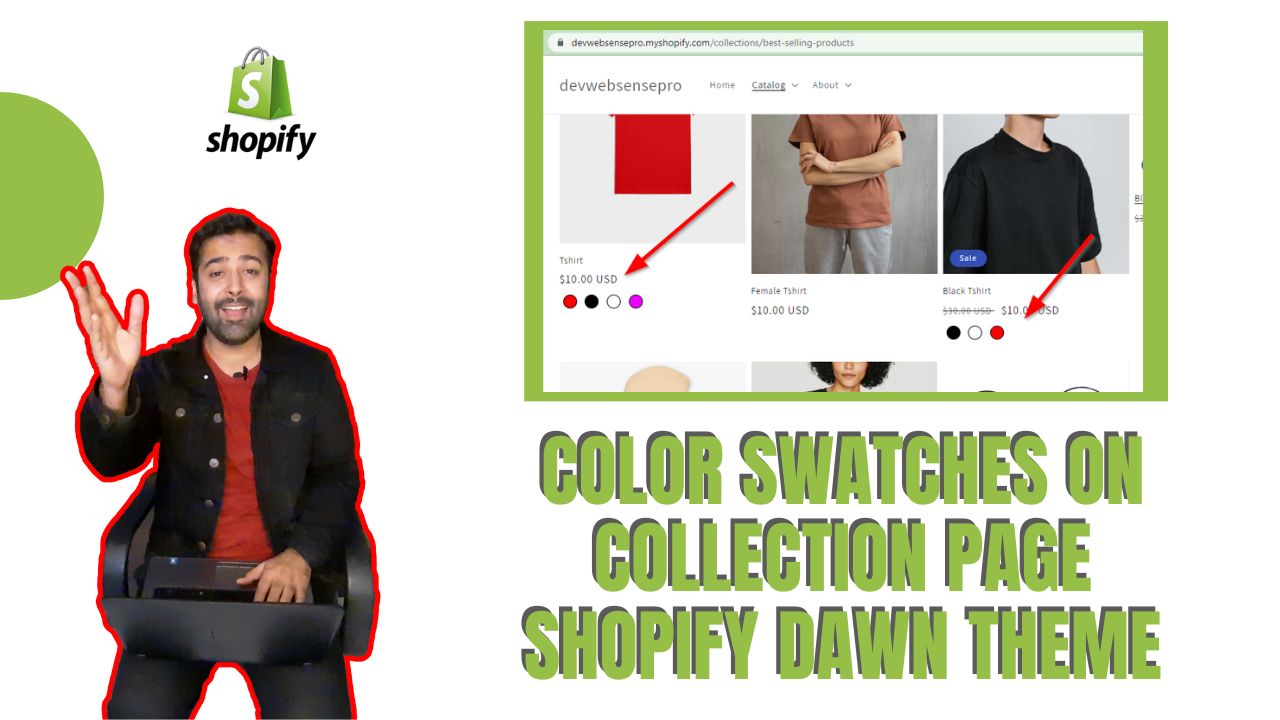
The world of Shopify development is constantly evolving, and color customization is no exception. Here are some trends and innovations to watch out for:
Interactive Color Tools
Expect to see more interactive and engaging color selection tools. These tools will provide customers with a dynamic and immersive experience, allowing them to explore color options and visualize products in real-time.
AI-Assisted Color Recommendations
Artificial Intelligence (AI) is making its way into Shopify stores. AI-powered apps may soon offer personalized color recommendations based on customer preferences and browsing behavior, enhancing the shopping experience.
AR and VR Integration
Augmented Reality (AR) and Virtual Reality (VR) technologies are transforming the way customers interact with products. As these technologies advance, we can anticipate more immersive color visualization experiences, allowing customers to see products in their true colors and contexts.
Conclusion
Adding color to your Shopify blocks is a powerful way to elevate your store’s visual appeal and create a memorable shopping journey. By leveraging theme settings, Liquid and CSS customization, and innovative apps, you can achieve stunning results that reflect your brand’s unique identity.
Remember, color customization is a journey of exploration and creativity. Experiment with different techniques, seek inspiration from industry trends, and continuously refine your designs to create an engaging and captivating online store.
How can I access the theme settings to customize colors?
+To access the theme settings, log in to your Shopify admin, navigate to Online Store > Themes, and click on Customize. Here, you’ll find various sections dedicated to styling, including colors and typography.
What is Liquid, and how can it be used for color customization?
+Liquid is Shopify’s templating language, allowing you to dynamically control the display of content. By editing your theme’s Liquid templates, you can target specific blocks and apply custom colors and styles based on conditions or user interactions.
Are there any apps that can simplify the process of adding color to blocks?
+Absolutely! Shopify’s app ecosystem offers various tools for color customization. Apps like Color Swatches, Color Pickers, and Color Palettes provide user-friendly interfaces for customers to choose colors and enhance the visual appeal of your blocks.
